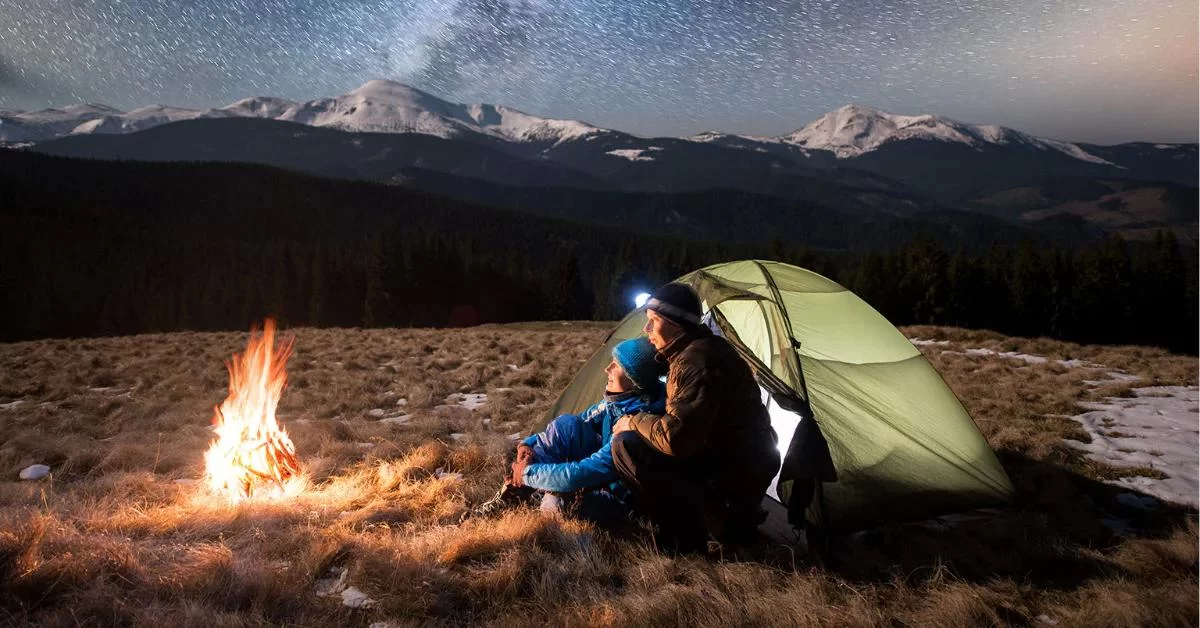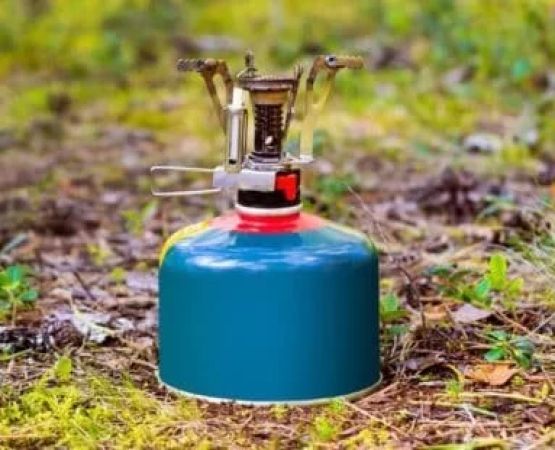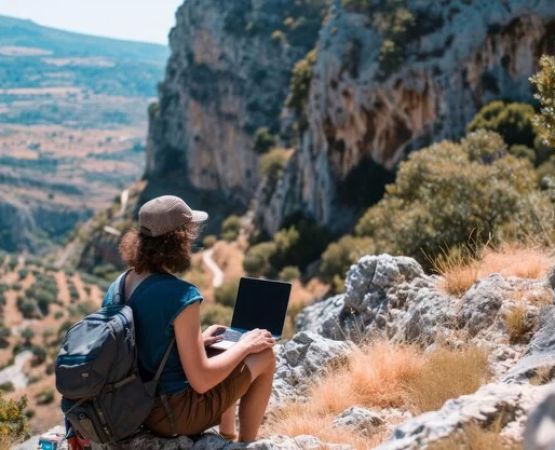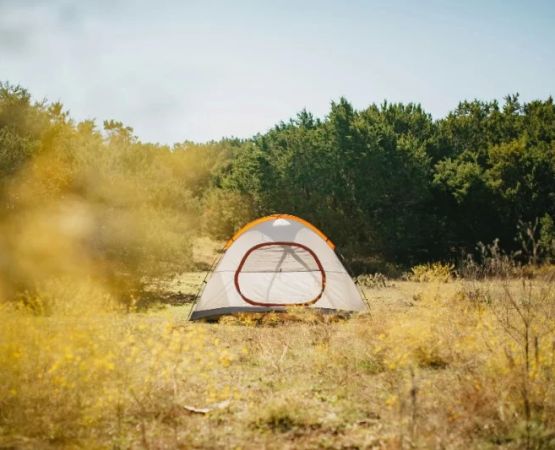What to Do If You Get Lost While Camping: Essential Survival Tips and Advice
- 1. Stay Calm and Assess Your Situation
- 2. Use Your Tools and Resources
- 3. Consider Staying Put
- 4. How to Signal for Help
- 5. Tips to Avoid Getting Lost While Camping
1. Stay Calm and Assess Your Situation
One of the most important things to do when you realize you’re lost is to stay calm. Panic can cloud your judgment and make the situation worse. Take a few deep breaths and assess your surroundings. Are there landmarks or signs you can use to get oriented? If you were hiking or exploring an area with a map or compass, check your position and try to retrace your steps. Avoid making sudden decisions that could lead you further away from safety.
On a solo hike in the Adirondacks, I once got off-track and lost my bearings in thick forest. The moment I stopped and took a deep breath, I realized I had actually passed a landmark only minutes earlier. It was a simple act of pausing that allowed me to refocus and safely find my way back.
2. Use Your Tools and Resources
If you’re carrying a map, compass, or GPS device, now’s the time to use them. In the event you’re not lost in dense woods, these tools can help you get back to the trail or your campsite. If you’re using a GPS device, ensure it has adequate battery life and keep it off when not in use to conserve power. A basic compass and map are less likely to fail than electronic devices.
- Map and Compass: Familiarize yourself with basic navigation techniques before heading out. Knowing how to orient your map and follow a compass bearing is invaluable in a lost situation.
- GPS Device: A GPS tracker can help you pinpoint your exact location. In remote areas, however, signal loss is a possibility, so don’t rely solely on technology.
- Cell Phone: In areas with service, your phone can be useful for navigation or calling for help. But be aware that many wilderness areas lack cell service.
During a trip in the Rockies, I once lost my way while relying too much on my phone’s GPS. The signal dropped just as I was about to find my bearings! I had to use a backup compass to navigate out. Always have a backup plan!
3. Consider Staying Put
If you’ve tried retracing your steps or using your tools without success, the next best option is to stay put. It’s easy to wander further if you're not careful, and it’s much easier for rescuers to find you if you’re stationary. Choose a safe, visible location to set up camp if necessary. If you're not injured and the weather allows, wait until daylight to attempt navigation again.
On a winter trip to Yosemite, a friend and I got separated while snowshoeing. After realizing we had no immediate success in finding each other, we decided to stay put. Our guide eventually spotted our tracks and was able to safely bring us back to the group. Sometimes staying still is the best choice to avoid making a bad situation worse.
4. How to Signal for Help
If you're unable to navigate out of the wilderness on your own, signaling for help becomes a crucial step. Here are some effective ways to attract attention:
- Whistles: Carry a loud whistle that can carry for long distances. A series of three sharp blasts is the universal distress signal.
- Fire: If safe to do so, building a fire can be an effective signaling method. Make sure to build it in a location that is visible to rescuers.
- Reflective Items: If you have any reflective material, such as a mirror or a shiny metal surface, you can use it to signal aircraft or distant hikers.
- Bright Clothing: Wearing bright colors like orange or yellow can make you visible to search teams and other hikers.
During a solo camping trip in the Catskills, I was able to signal for help using a shiny foil blanket I carried for warmth. The glint caught the attention of a nearby hiker, and we were able to contact the ranger station together. It was a reminder that small, reflective items can play a huge role in survival!
5. Tips to Avoid Getting Lost While Camping
The best way to handle getting lost is to avoid it altogether. Here are some important tips for staying safe during your camping and hiking adventures:
- Prepare Properly: Before you head out, make sure you have a solid understanding of the terrain. Study maps and trails, and familiarize yourself with landmarks.
- Stick to Marked Trails: Whenever possible, stay on well-marked trails. Venturing off the path increases your chances of losing your way.
- Travel with a Buddy: Hiking or camping with a friend or group is always safer than going alone. If one person gets lost, the others can stay safe and help navigate.
- Check the Weather: Poor visibility caused by fog, rain, or snow can make it easy to lose your way. Always check the weather forecast before setting out and be prepared for sudden changes in conditions.
- Mark Your Path: Leave markers along the trail to help you retrace your steps if needed. Consider using trail markers, natural landmarks, or even biodegradable markers to guide your way back.
During a recent group camping trip to the Cascade Mountains, we took extra precautions and stuck to marked trails, which kept us on track even during an unexpected snowstorm. Preparation truly makes all the difference.
Camping is an amazing experience, but it’s important to stay safe and prepared. If you’re looking for a reliable base camp for your next adventure, Pine Cliff Resort offers the perfect setting for both seasoned campers and beginners. With expert guides and exceptional accommodations, your next outdoor experience can be both safe and thrilling. Learn more and plan your adventure at Pine Cliff Resort!







